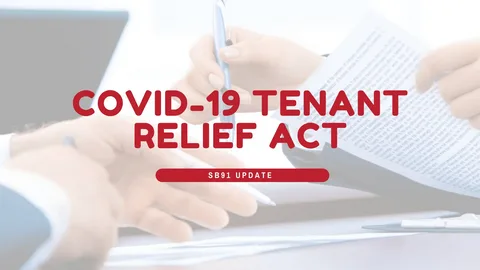Nonprofits are often praised for being “program-rich.” From annual events to new initiatives, the sector is famous for rolling out programs that look impressive on paper. But too often, these programs don’t adapt to changing conditions—and as a result, they fail to move the needle on the problems they claim to solve.
The Allure of “Looking Busy”
Donors, boards, and the public often equate activity with effectiveness. If an organization is hosting workshops, running awareness campaigns, or holding annual events, it must be doing good work—right?
Not necessarily.
A 2020 Independent Sector survey found that nearly half of nonprofits had to cut or scale back services during COVID-19, even as community needs surged (Independent Sector, 2021). Why? Because many programs were designed for normal circumstances and couldn’t adapt to crisis conditions.
Busy programming creates a false sense of accomplishment. It satisfies funders who want to see activity and gives boards talking points for annual reports—but it doesn’t necessarily change lives.
When “Doing Something” Isn’t Enough
Several patterns emerge in nonprofits that prioritize appearances over adaptation:
- One-off programs: Events and pilot projects that generate photos and media coverage but disappear without measurable results.
- Outdated initiatives: Programs designed for problems as they existed a decade ago, not as they are today.
- Symbolic activities: Awareness campaigns or workshops that raise visibility but don’t deliver structural change.
- Rigid models: Grant-funded programs tied to narrow deliverables that can’t pivot when community conditions shift.
These programs often remain funded because they look productive—but they fail to address the evolving root causes of issues like poverty, housing, or health disparities.
The Cost of Stagnant Programs
The harm of ineffective programming is not just wasted dollars. It’s opportunity cost. Every dollar spent on programs that don’t adapt to reality is a dollar not invested in solutions that could.
A 2021 Candid and Center for Disaster Philanthropy study found that a third of pandemic-related philanthropy went to “general relief” activities without clear metrics for long-term impact (Candid, 2021). While relief was essential, the lack of adaptation or follow-up strategy left many communities back where they started once the immediate crisis passed.
The result: nonprofits remain busy, but systemic problems remain unsolved.
Why Nonprofits Resist Change
There are structural reasons nonprofits keep running programs that don’t move the needle:
- Funder expectations: Grants often require specific deliverables that can’t be modified, even when conditions shift.
- Risk aversion: Nonprofits fear losing funding if they admit a program no longer works.
- Legacy inertia: Boards and donors grow attached to “signature programs” even if impact has faded.
- Marketing over metrics: Programs are easier to sell to donors than systemic change, which takes longer to prove.
Shifting From Programs to Progress
To break this cycle, nonprofits and funders alike must shift their focus:
- Fund adaptability: Support unrestricted and multi-year funding that allows organizations to pivot.
- Evaluate relevance: Regularly ask if programs still address the current version of the problem.
- Sunset outdated programs: Retire initiatives that no longer work and redirect resources to what does.
- Measure outcomes, not activities: Track real change in people’s lives, not just event attendance or service counts.
- Invest in infrastructure: Build data systems and community feedback loops that guide program evolution.
A Call for Courage
Ending a beloved program or telling a funder, “This doesn’t work anymore” requires courage. But clinging to programs that no longer meet today’s needs is more damaging—to communities, to credibility, and to the sector itself.
The truth is simple: busy isn’t the same as effective. Nonprofits should not be measured by how many programs they run but by how much progress they make.
Because doing something isn’t enough. Doing the right thing—at the right time—is what truly moves the needle.
References
- Independent Sector. (2021). Sector Health Report: 40% of nonprofits lost revenue in 2020; nearly half reduced services.
- Candid & Center for Disaster Philanthropy. (2021). Measuring the State of Disaster Philanthropy: Pandemic funding often lacked metrics for long-term impact.



